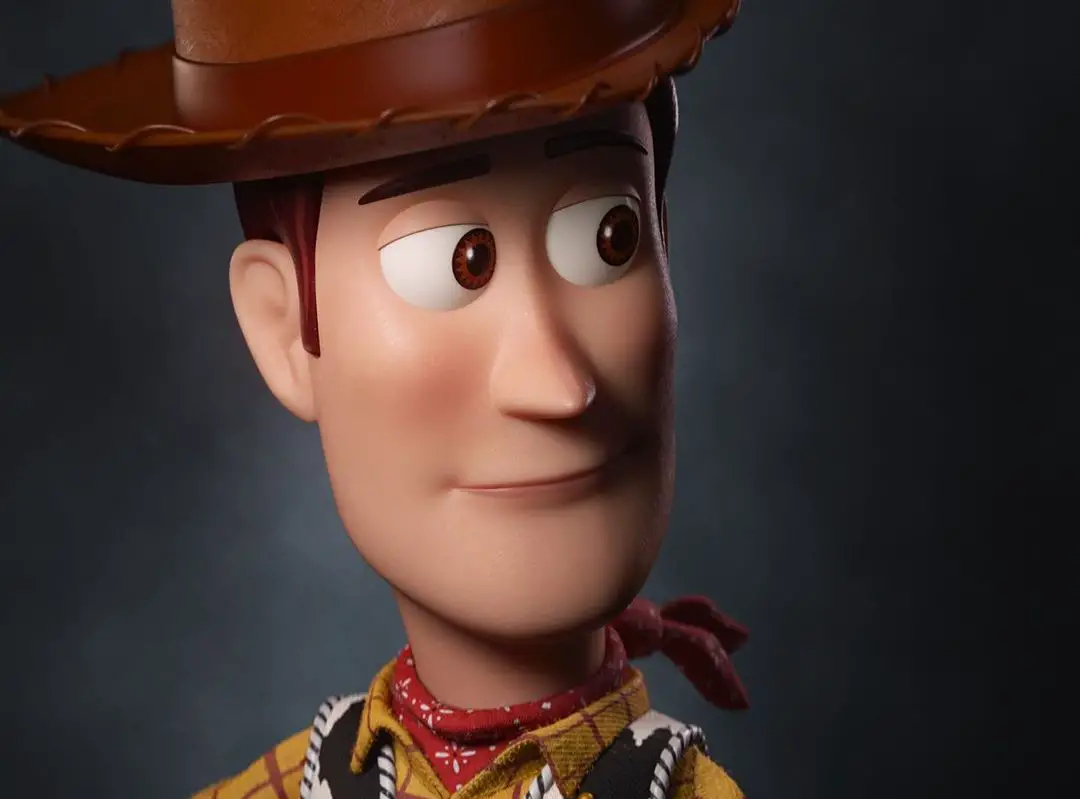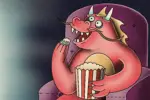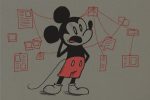When “Toy Story 3” was released in 2010, audiences presumed that it would be the last film in the “Toy Story” franchise. Fans, young and old, were ready to say goodbye to Andy, Woody, Buzz and their friends. So, when news broke that “Toy Story 4” was in production, many began to wonder: What more of the story is there to tell?
The final scene of “Toy Story 3” shows Andy, who is all grown up, going off to college and donating Woody, Buzz and all his toy companions to a new owner: Bonnie, the little girl from daycare. The last shot displays Andy and Bonnie playing with the toys together. The scene emphasizes Andy’s inevitable goodbye, as well as implying a hopeful message that there will be more playtimes in the future with Bonnie. Reviewers of “Toy Story 3” all seemed to be satisfied with this version as the ending to the franchise.
Yet, John Lasser, the director of “Toy Story 4,” said that while Andy’s story was complete, there is more of Woody’s story to be told. Therefore, “Toy Story 4” is deemed necessary in order for both Andy and Woody to have a proper ending.
The “Toy Story” franchise has stretched over almost a quarter century, with the first “Toy Story” film released in 1995. The screenwriting was fresh, new and imaginative, instantly captivating children’s hearts all around the world. Portraying a relationship between a boy and his toys, this animated movie taught kids to appreciate and love their own toys.
Furthermore, the sequel to the first film, “Toy Story 2,” released in 1999, helped the series to solidify its place as a classic children’s franchise. With a 10 year gap, fans accepted the release of “Toy Story 3” as the ending to the “Toy Story” experience, and it felt like it, too.
However, the release of “Toy Story 4” contradicts this belief and raises even more questions regarding the possibilities of more adventures with Woody and Buzz.
“Toy Story 4” follows up where the previous sequel left off, with the toys now living with Bonnie. Unlike with Andy, Woody is not Bonnie’s favorite toy, and she often leaves him behind and alone while she plays with the others. Despite being neglected, Woody still puts Bonnie’s needs before his own, just like he did with Andy.
Then enters a new character, Forky — a toy Bonnie made out of a plastic fork at school. When Forky attempts to escape, Woody feels obliged to reunite him with Bonnie. On his adventure returning back to Bonnie, Woody realizes the importance of his own happiness.
He gets an opportunity to go on adventures with Bo Peep, his love interest from the first “Toy Story,” and to pursue his happiness instead of prioritizing Bonnie’s. In the end, Woody says goodbye to Buzz and the gang, embarking on a new adventure with Bo, officially leaving his past behind.
The fourth movie of this long-running franchise is Lasser’s way of finishing Woody’s character arc and development. His departure from his friends seems to signify the end of their adventures together and the entire “Toy Story” tale.
However, I didn’t find this ending satisfying. It was extraneous. While the intention behind “Toy Story 4” can be justified, this ending does not live up to its role and purpose, instead raising more questions rather than providing a tidy conclusion. It opens up even more possible story angles to continue this beloved franchise.
Since the beginning, Andy, Woody and Buzz have been the main characters that compel the storylines. With Bonnie replacing Andy as the toys’ new owner, the premise of “Toy Story 4” felt different from its predecessors. The change indicates that this is a new chapter and adventure for the characters, which doesn’t seem to belong under the same title.
However, the writers still kept many similarities in the film. Specifically, all four movies consistently illustrate the journey-back-home theme. Additionally, “Toy Story 4” contains all the standard elements of a classic Pixar production: colorful animation, witty jokes and a sweet storyline. This timeless storytelling technique is something the studio has mastered throughout the decades.
Manohla Dargis comments on the movie’s familiar construction in a review in The New York Times. “[Toy Story 4] is exactly what you expect —” Dargis says, “— not more, not less —from an estimably well-oiled machine like Pixar.”
With these elements, “Toy Story 4” retains familiarities within its family of films. Even though it sustains a predictable and conventional storyline, it is something that Pixar does well. It works. Nonetheless, the fourth installment fails to give closure to the “Toy Story” universe for which the creators initially aimed.
Instead, the conclusion creates potential questions: What’s going to happen with Woody and Bo? How will the gang be different without Woody? Will the toys ever reunite?
Overall, “Toy Story 4” is a success when standing on its own, but it adds no value to the franchise as a whole. The movie’s storyline diverges from the original objectives and doesn’t seem to fit in with the last three films. And Woody’s story didn’t offer any closure.
To be extremely clear, I am not trying to denounce “Toy Story 4.” As an animated kids movie, it is a wonderful and warm-hearted story. However, as part of a famous and well-respected franchise, I felt that it was an unnecessary sequel, milking its relevance for modern day cinema.
Over the years, Pixar figured out that toys are portals to childhood imagination. “Toy Story 4” brought success in modern entertainment because its universal theme and character relationships speak to children from all generations.
With the toys separated, this increases the possibility of a chance to make a fifth “Toy Story” movie. With this in mind, it seems like Pixar has no intention of ending the franchise anytime soon.
“Toy Story 4” began screening in theaters on Friday, June 21. According to Variety Magazine, the film has already generated $118 million at the box office, but it is still underperforming compared to “Toy Story 3” during its debut weekend in theaters in 2010.
















